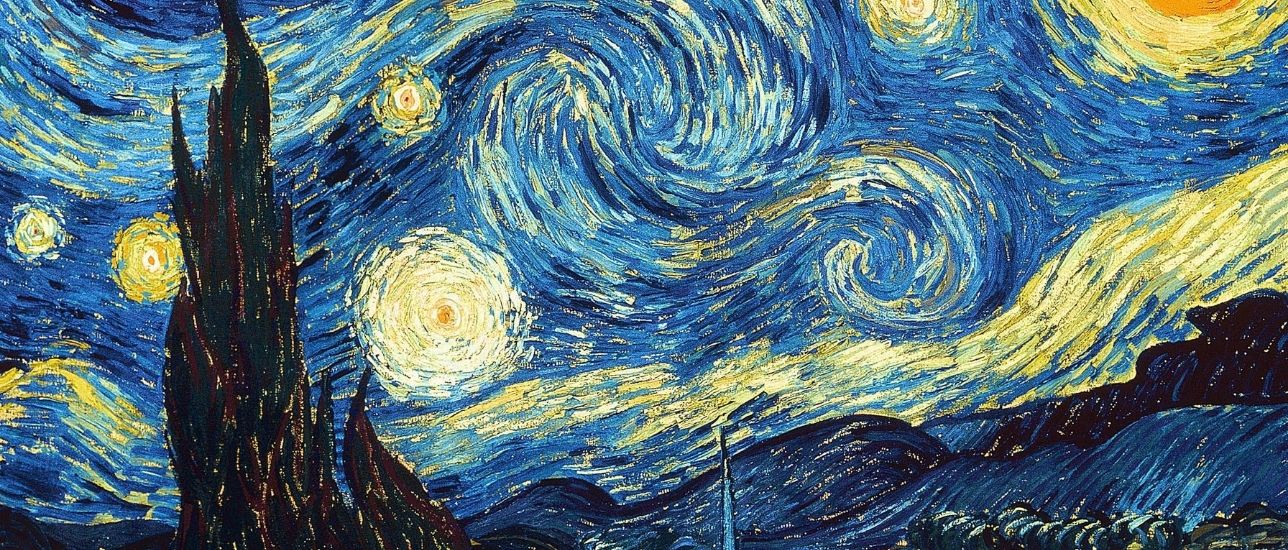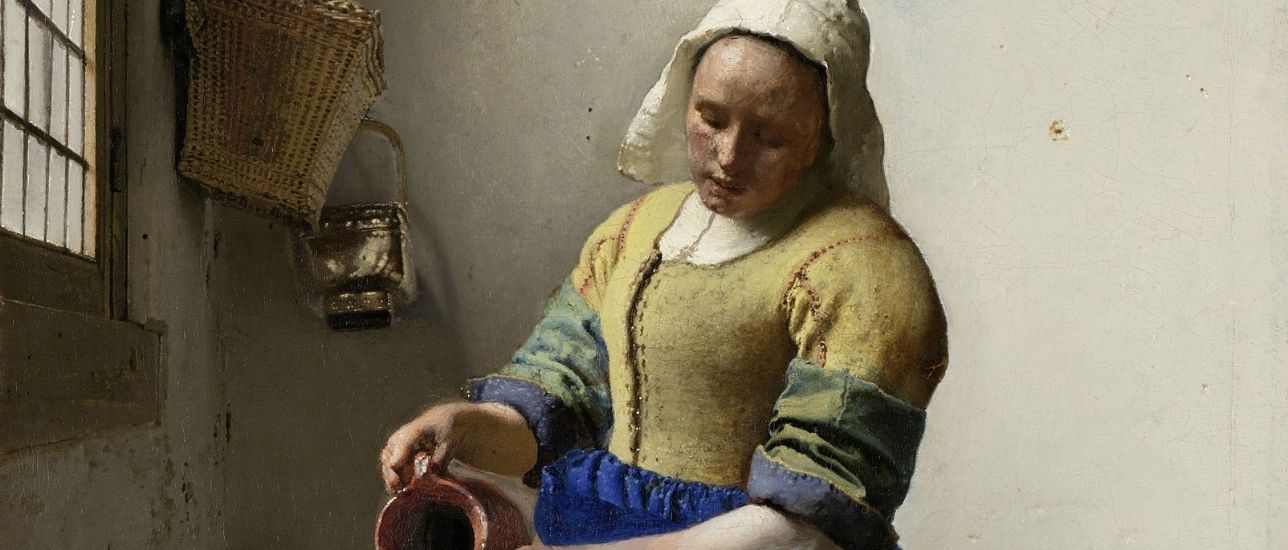Vincent van Gogh: A Life in Art and Madness

Vincent van Gogh: A Life in Art and Madness
Vincent van Gogh, a name synonymous with post-impressionism and artistic brilliance, remains one of the most celebrated and enigmatic figures in art history. His life, marked by emotional turmoil and artistic fervor, continues to fascinate and inspire generations. This article delves into the life and works of this extraordinary artist, exploring his struggles, triumphs, and the enduring legacy he left behind.
Early Life and Influences
Born in 1853 in the Netherlands, van Gogh's early life was marked by a devout religious upbringing and a strong sense of social justice. He briefly pursued a career as an art dealer, but his true passion lay in painting. Influenced by the Dutch Masters and the works of Millet and Courbet, van Gogh developed a deep appreciation for realism and a desire to portray the lives of ordinary people.
The Artistic Journey
Van Gogh's artistic journey was a whirlwind of self-discovery, marked by a constant exploration of form, color, and emotion. His early works were characterized by dark hues and somber subjects, reflecting his own introspective nature. As he matured, his palette became brighter, his brushstrokes more expressive, and his subject matter increasingly focused on the beauty of nature and the simple joys of life.
The Sunflowers, the Starry Night, and the Wheat Fields
Some of van Gogh's most famous paintings, such as 'Sunflowers,' 'The Starry Night,' and 'Wheatfield with Crows,' capture his unique style and artistic vision. These masterpieces are characterized by swirling brushstrokes, vibrant colors, and an intense emotional charge. They reflect van Gogh's profound connection to nature, his fascination with light, and his ability to translate his own inner turmoil into breathtaking artistic expressions.
The Struggle with Mental Illness
Tragically, van Gogh's life was also marked by a struggle with mental illness. Episodes of depression and anxiety, which may have been exacerbated by the stress of his artistic pursuits and social isolation, plagued him throughout his life. Despite his suffering, van Gogh continued to paint, finding solace and expression through his art.
Legacy and Impact
Van Gogh's life was cut tragically short in 1890, when he took his own life at the age of 37. However, his artistic legacy continues to inspire and captivate audiences worldwide. His bold use of color, expressive brushstrokes, and emotional intensity revolutionized the art world and paved the way for modern art movements.
Conclusion
Vincent van Gogh's story is one of both tragedy and triumph. His life, marked by both mental and artistic struggles, resulted in a body of work that transcends time and continues to resonate with viewers today. Through his paintings, he offers a glimpse into his soul, his struggles, and his profound connection to the world around him. Van Gogh's legacy reminds us that even in the darkest of times, beauty and inspiration can emerge, leaving a lasting impact on the human spirit.


